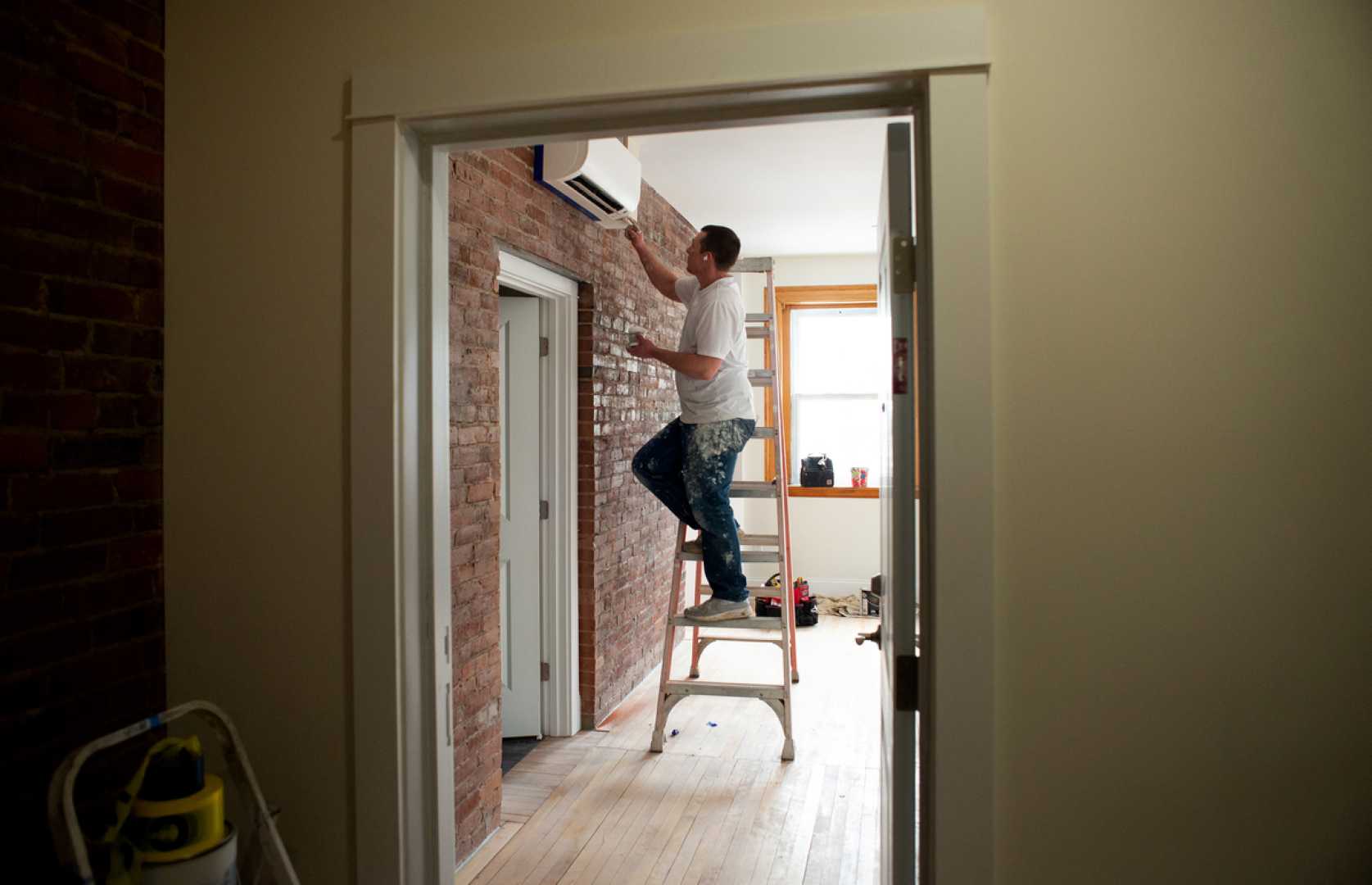News
Inspectors Warn of Risks in Maine’s Charming Older Homes

BANGOR, Maine — Many older homes in Bangor are filled with charm, but they often come with hidden risks. Local inspectors highlight outdated materials that could pose serious problems for homeowners.
Homes built more than 100 years ago, like many in Bangor, may not meet current safety standards. According to a recent report, nearly 4,000 of Bangor’s over 15,000 homes were constructed before 1940.
David Roberts, owner of Pine Tree Home Inspectors, notes that many of these homes had wiring added long after their construction. “The outdated wiring is usually insufficient for the home’s capacity,” Roberts explained. Poor wiring can lead to hazards, including overloaded circuit breakers.
Troy Francis, owner of Alliance Home Inspections, emphasized the dangers of using old “knob and tube wiring.” This ungrounded wiring, which often runs behind walls, can be hard to replace and presents safety concerns.
“Those connections break down over time and the quality is entirely dependent on who installed it,” said Michael Lacombe of Pillar to Post Home Inspections. He often finds a mix of wiring types in older homes, leading insurance companies to either demand upgrades or increase premiums.
Water and sewer pipes made of galvanized steel and cast iron are also common in these homes. “They corrode from the inside out,” Roberts noted. Residents frequently find themselves replacing failing pipes piecemeal, which can be a lengthy and challenging task.
Lead pipes are another issue, especially in homes with drilled wells. Francis recommends water testing to check for lead contamination. Additionally, some copper pipes may have high-lead solder, raising further health concerns.
Foundations are often constructed from fieldstone or rubble, which can shift and allow moisture to enter, leading to dry rot in structural supports. Repairing these foundations can be costly, as the house needs to be temporarily supported during the process.
Older homes frequently show signs of settling, leading to uneven floors that can misalign doors. While slanted floors can be inconvenient, they are not always indicative of severe structural issues, according to Francis.
Even older homes can contain hazardous materials like lead paint or asbestos, which can pose health risks if disturbed. “Lead paint on windows can chip easily, posing dangers to children,” Roberts warned.
Insulation materials in older homes are often inefficient, contributing to higher heating and cooling costs. Roberts stated that many older homes also retain outdated heating systems that may be nearing the end of their lifespan, making replacements necessary.
Francis often encounters remnants of coal heating systems that cannot be removed since they were integrated into the home’s structure during construction. “We’re constantly learning and finding new things after all these years,” he said.
As charming as Maine’s older homes may be, potential buyers should remain vigilant about the hidden risks that these properties may carry.












